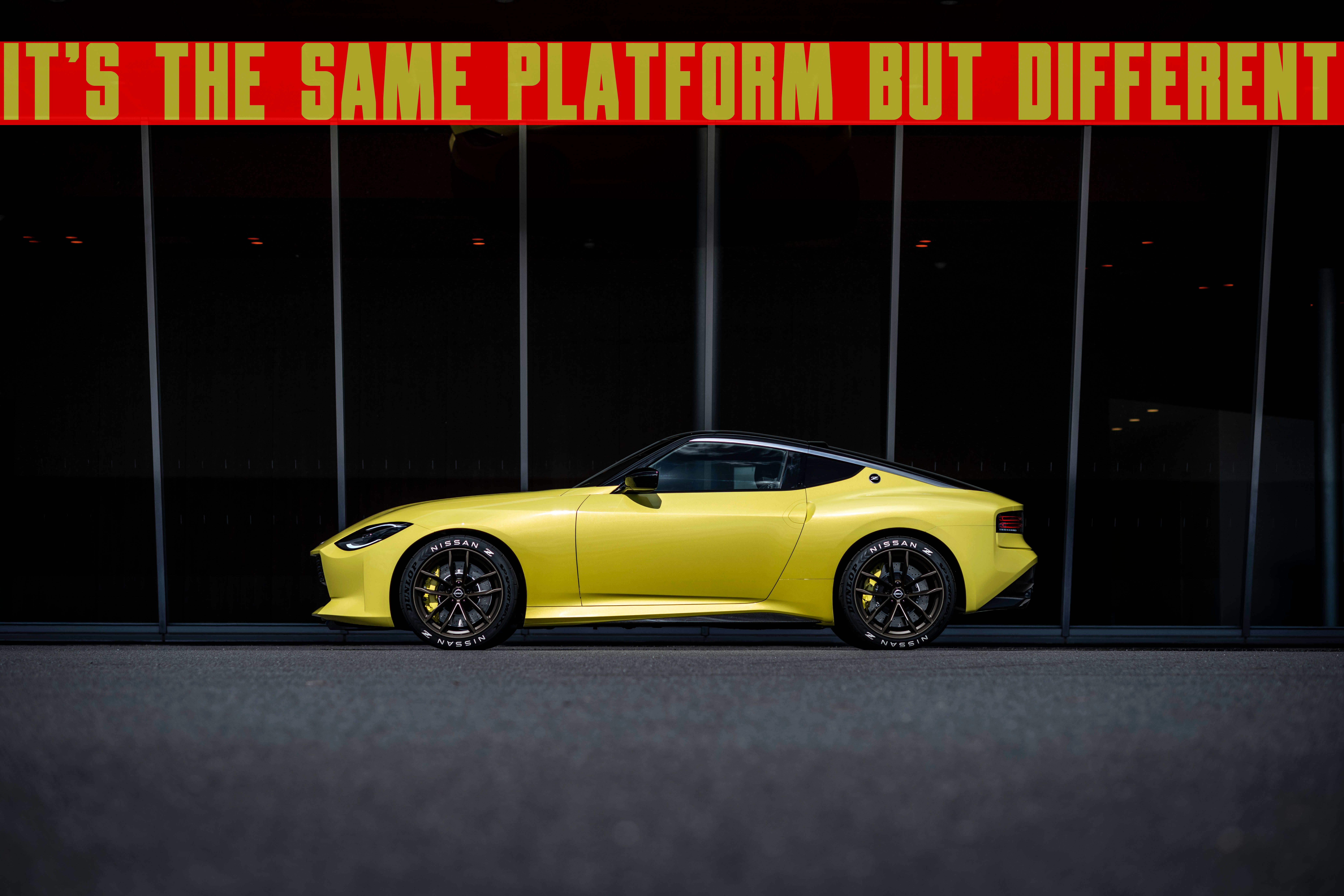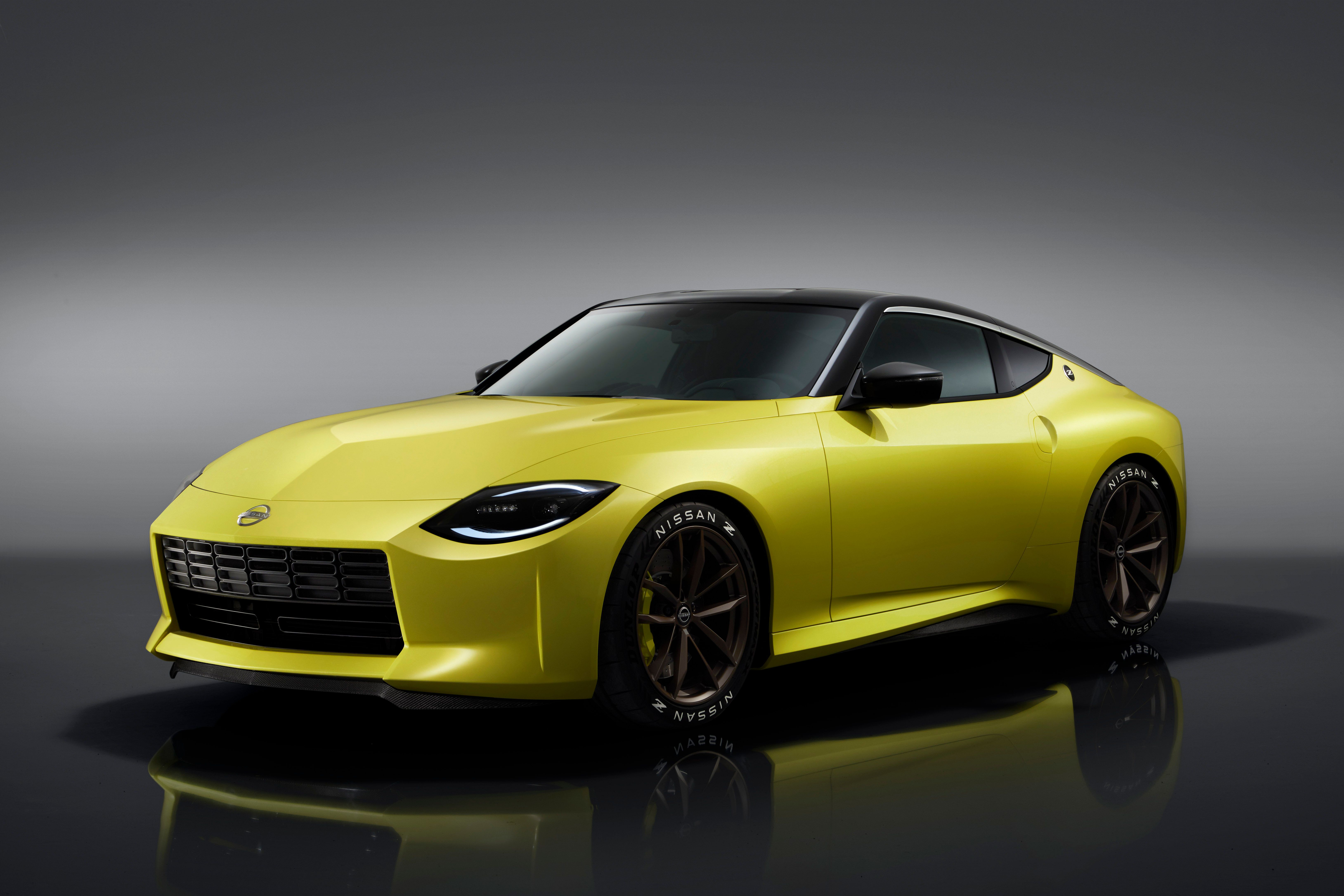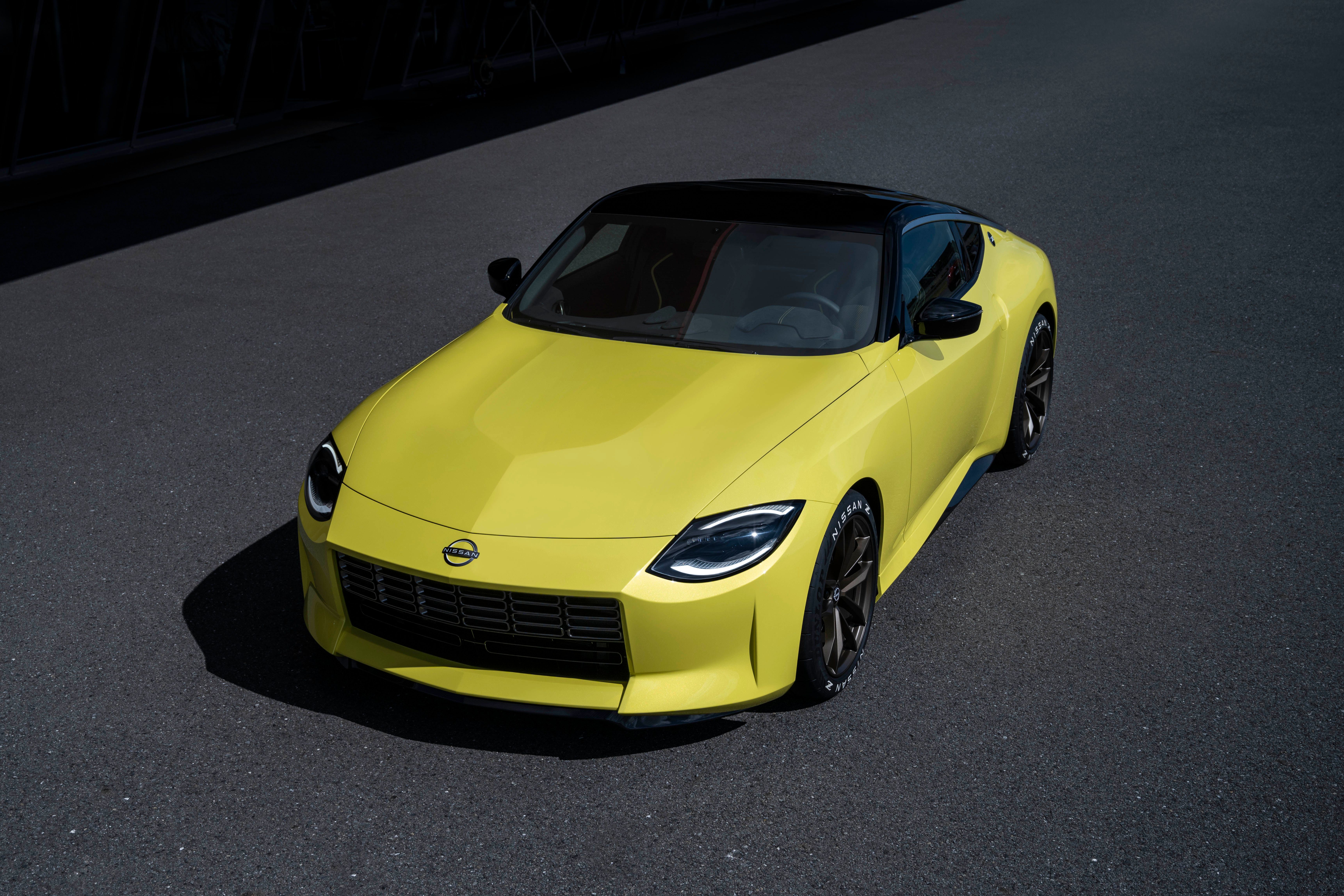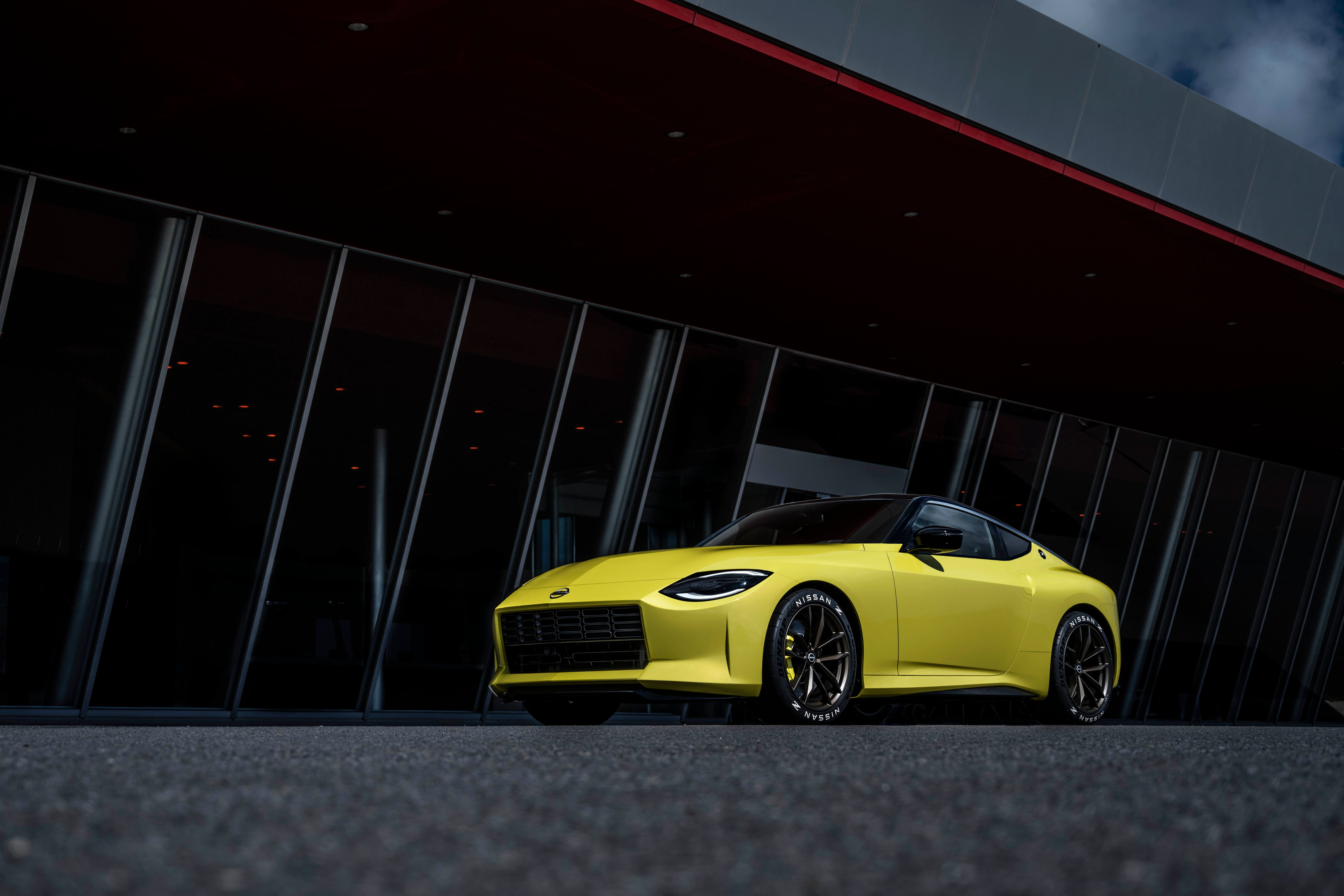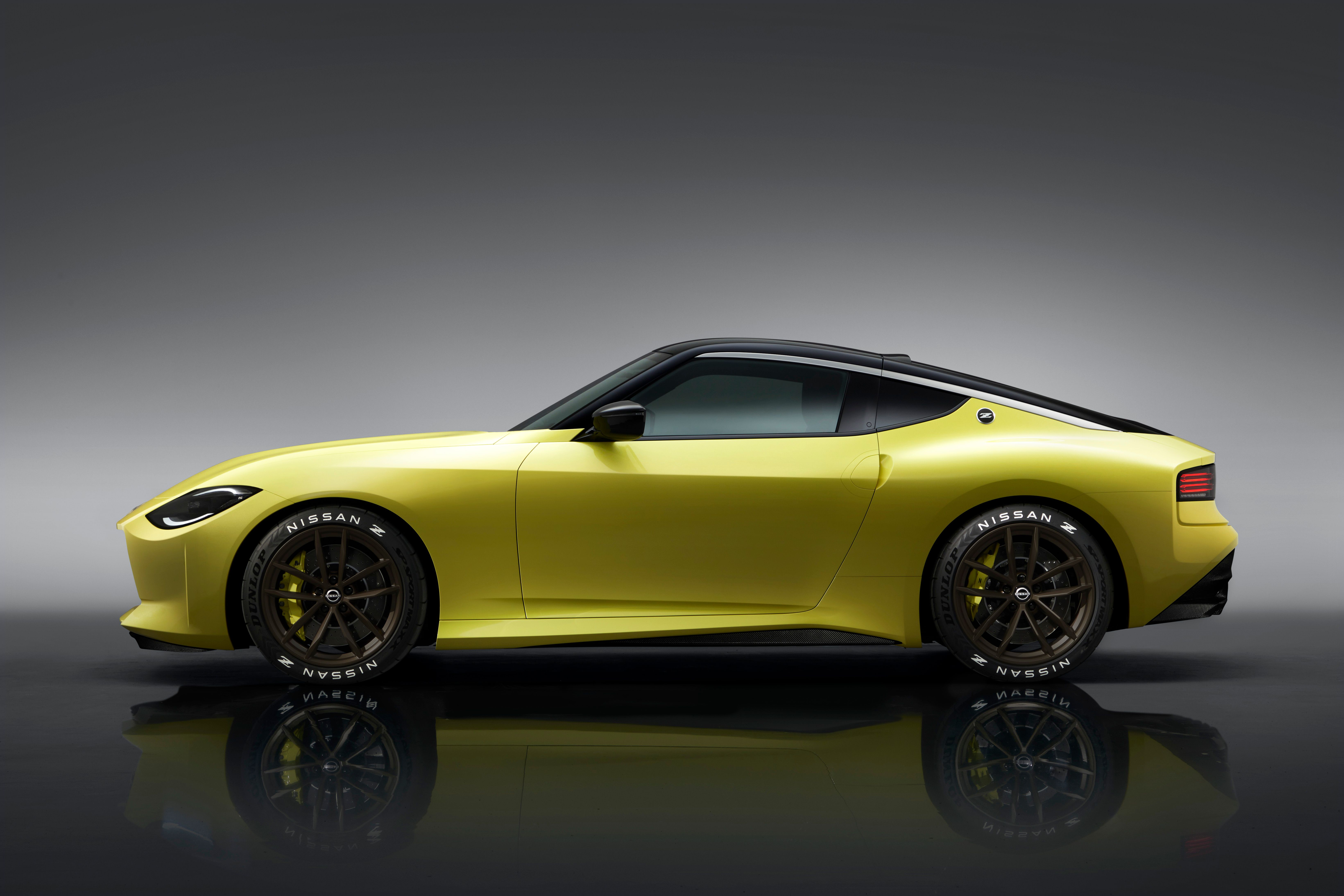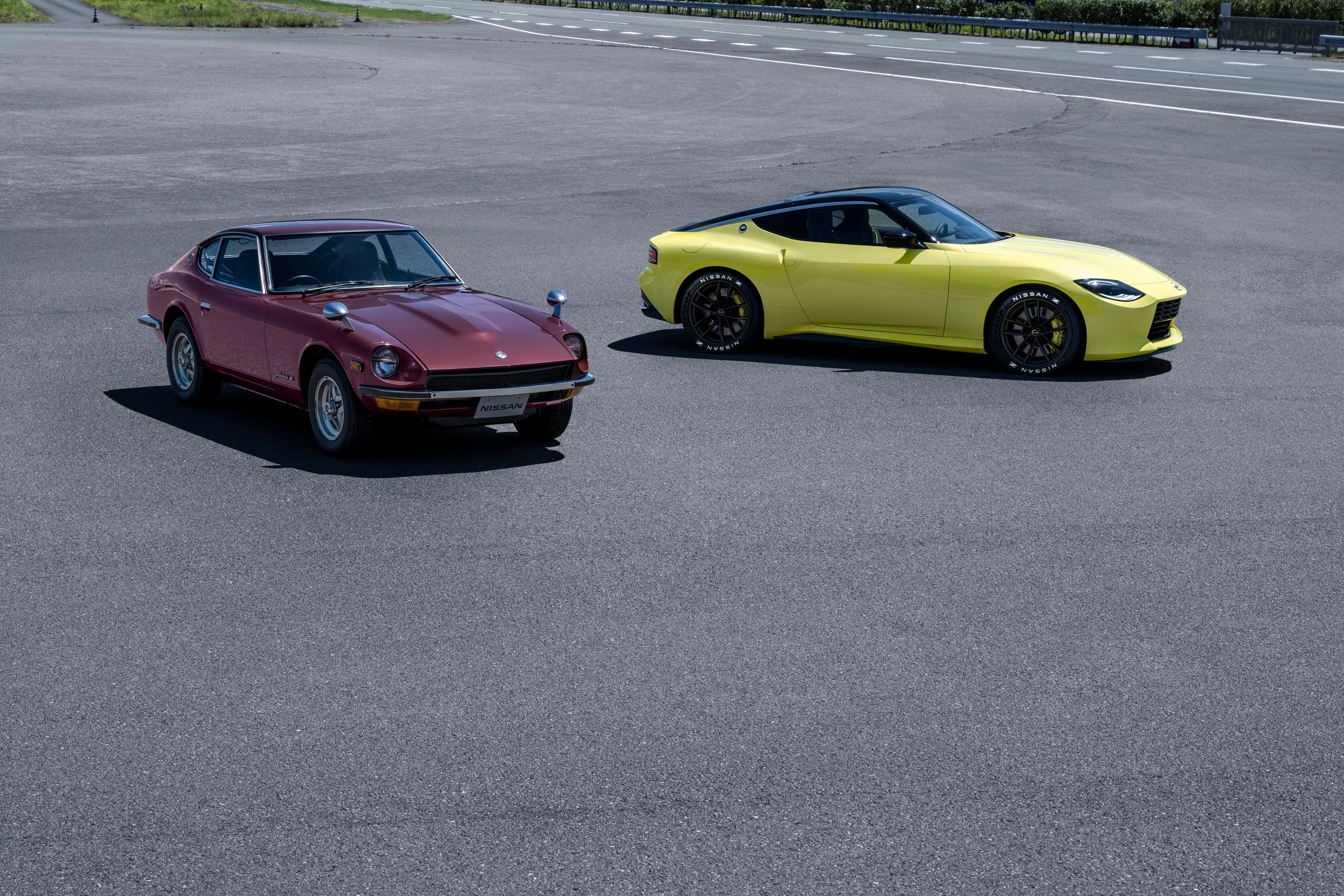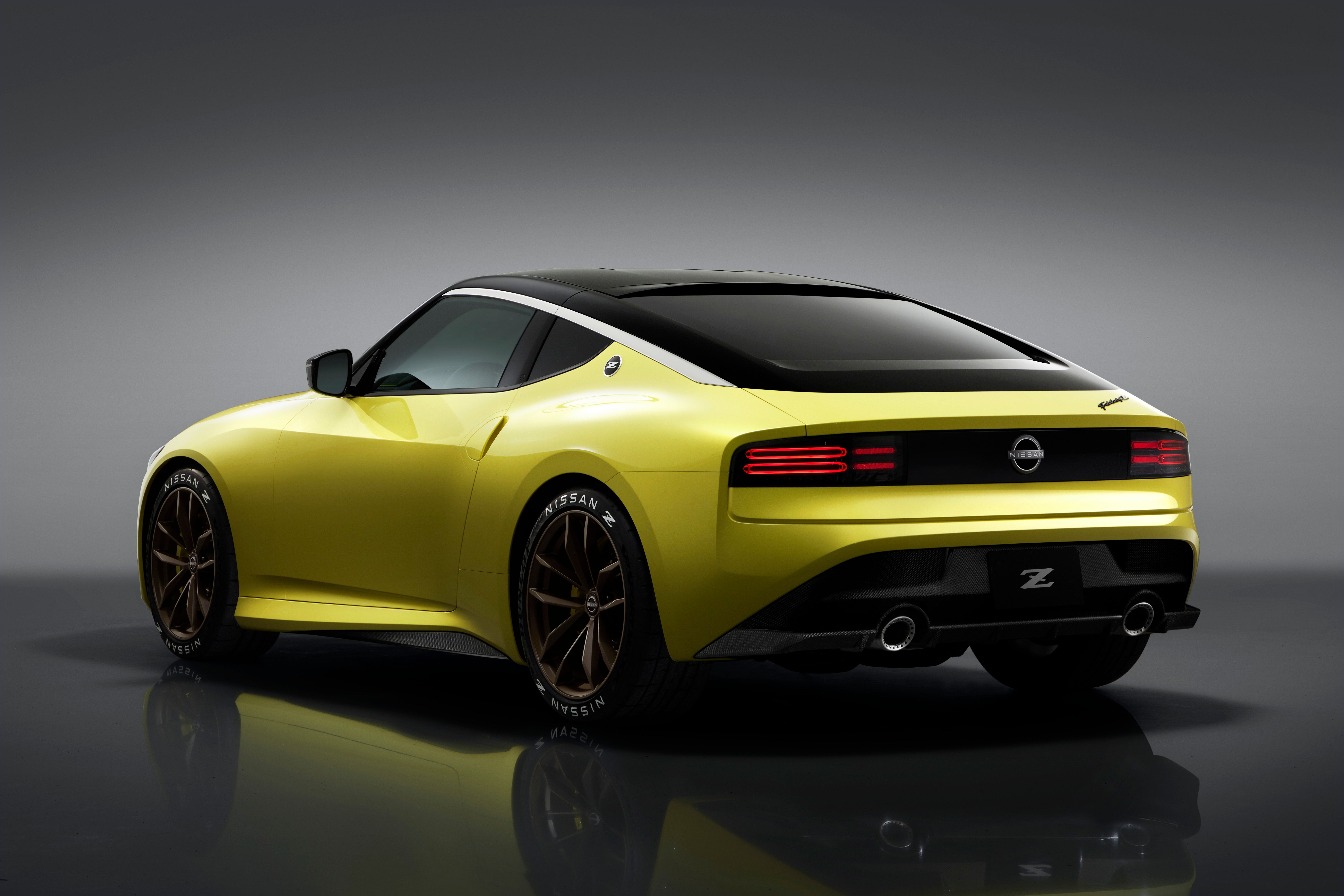For many years we thought Nissan may never revive the Z as the aging 370Z was left lingering in production for what seemed like an eternity with the Japanese automaker showing no interest in developing its replacement.
Happily, though, Nissan did finally call time on the 370Z's long production run and previewed the next Z with the retro-looking Z Proto. While many things are new on the model, that will probably be named 400Z when it reaches production, its underpinnings are linked to Nissan's long-standing FM platform that hides underneath both the 370Z and the 350Z, as well as many other Nissan and Infiniti products.
Will the usage of an old, albeit updated platform, hamper the Z?
The Nissan Z Proto was unveiled earlier this month and we've learned quite a few things about it and the production version it previews in the days since the unveiling. For starters, we now know that the next Z will not be officially sold in Europe, that a NISMO go-fast version may be on the cards if there's a demand for it coming from the customer base, although such a model could end up being hybrid, and that there's also an open-top model under consideration.
We also found out that the much-lamented throwback design of the Z Proto, which harkens back in a big way to the first-ever Z model, namely the Datsun 240Z, was ultimately given the green light over an entirely different design language that's much more reminiscent to the Juke compact crossover.
Under the hood, there's a twin-turbo V-6 good for roughly 400 horsepower and about 350 pound-feet of torque dispatched to the back axle through a six-speed manual for proper driver engagement.
While we're obviously behind the classic FMR layout on display here, we hope we're not going to end up being disappointed by another somewhat old-fashioned detail of the Proto Z. Well, 'detail' may not be the correct term here because what we're talking about is the car's platform. Hiroshi Tamura, the Chief Product Specialist for GT-R and NISMO, was ready to admit when talking about the Proto Z that not everything is new under the skin. "We don’t have many platforms ," he said. "The Z platform is already existing, but we have to modify the existing platform power and torque is quite different."
The man behind just about any quick, two-door Nissans to come out since the mid-'90s then clarified his statement by saying that the Proto Z's platform isn't a "carry-over" because, "even if it looks the same, many things were changed". He said that the car's low stance may be the reason behind the comparisons between the Z Proto and the 370Z before going on to list just some of the things that are new: "The door is completely different, trunk, fender, bumper, wheel, headlight, taillight."
But let's stop at the second statement, that "the Z platform is already existing," which can only mean that the 400Z will feature an updated version of the 370Z's platform, that one, in turn, underpinned by a revised iteration of the 350Z's platform. And the 350Z, well, that model's Nissan FM platform dates all the way back to 2001 when it was first used in the V35-series Nissan Skyline (read Infiniti G35).
As Nissan replaced the 350Z with the 370Z in 2009, we were told that the underpinnings were thoroughly updated which was evidenced by the fact that the 370Z shrunk in size compared to the 350Z: it was 2.7 inches shorter, its wheelbase was a whole four inches shorter but it gained 1.3 inches in width and the rear track grew by 2.2 inches. With a front aluminum subframe and alloy engine cradle, the front torsional rigidity went up by 10% compared to the retired 350Z, an increase aided in part by a new front suspension cradle. Rear torsional rigidity was also up, by 22% no less, thanks to an underbody "V-bar" and structural reinforcements to the bodywork.
Couple the increased torsional (and vertical) rigidity with the introduction of a limited-slip diff and you end up with a much more civilized car moving from the 350Z to the 370Z. The then-new model handled better and, with 325 horsepower and 268 pound-feet of torque, it was more powerful and thus faster (as the engine capacity went up from 3.5-liters to 3.7-liters).
Will that be enough considering the Supra's platform is new? The positive changes made by Nissan moving from the 350Z to the 370Z give us hope that all the clever people busy developing 400Z have made the right steps to take the FM platform well into the 2020s. They have to, otherwise Nissan will have a hard time selling a car that not only looks old-school, it also moves old-school.
And yes, even if this is a cheerful, driver-focused sports car of which there aren't many left for sale, sales do matter. Nissan won't revive the Z car once more - potentially by then on a whole new platform - if this new generation's sales figures tank after a couple of years just like it happened with the 370Z in the model's biggest market - the U.S. Oh, and remember one last thing: the chassis must feel up to date two years from now when the model debuts and then at least 4-5 years after that which is quite a task when the roots of it all will have celebrated their 26th birthday by then.

